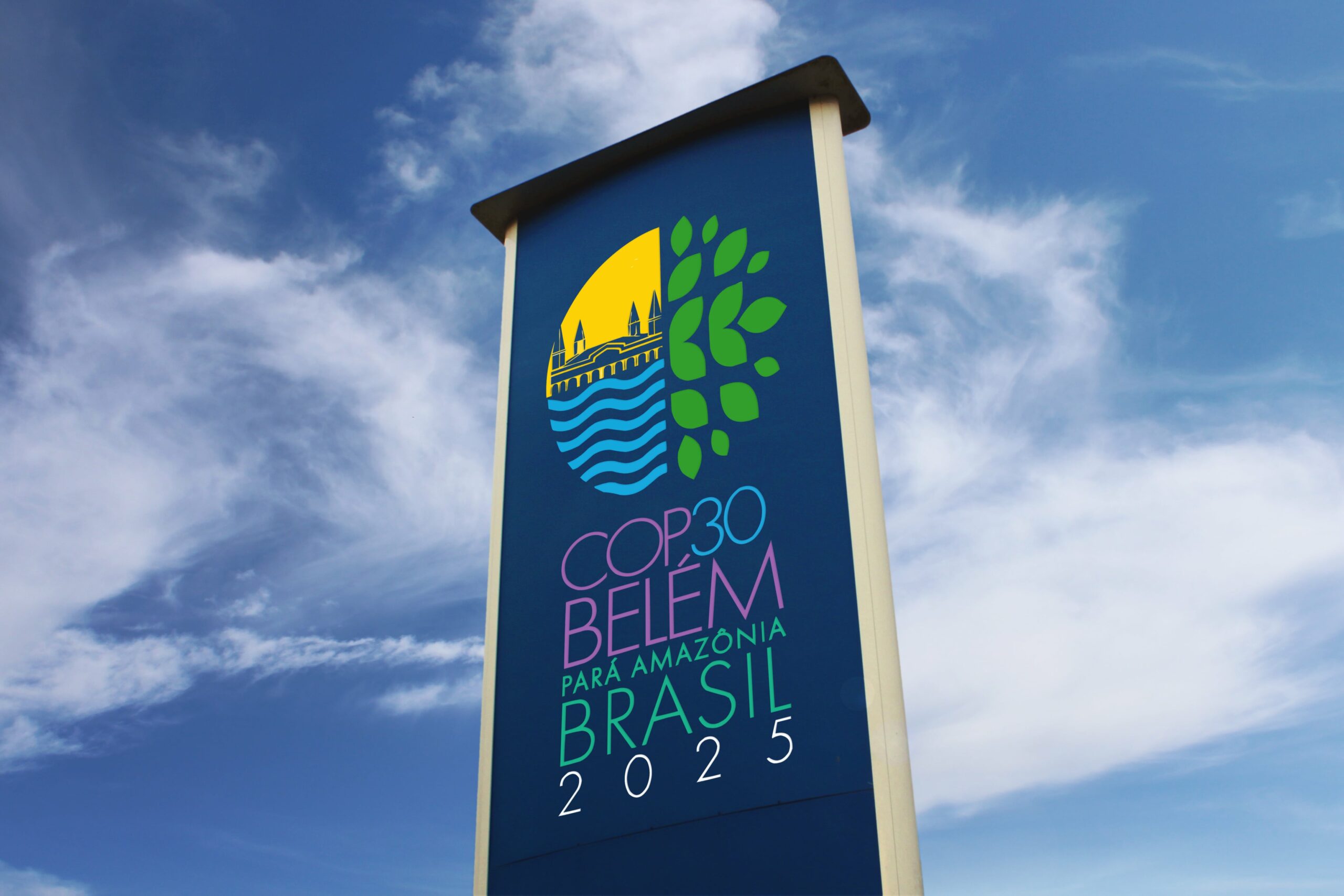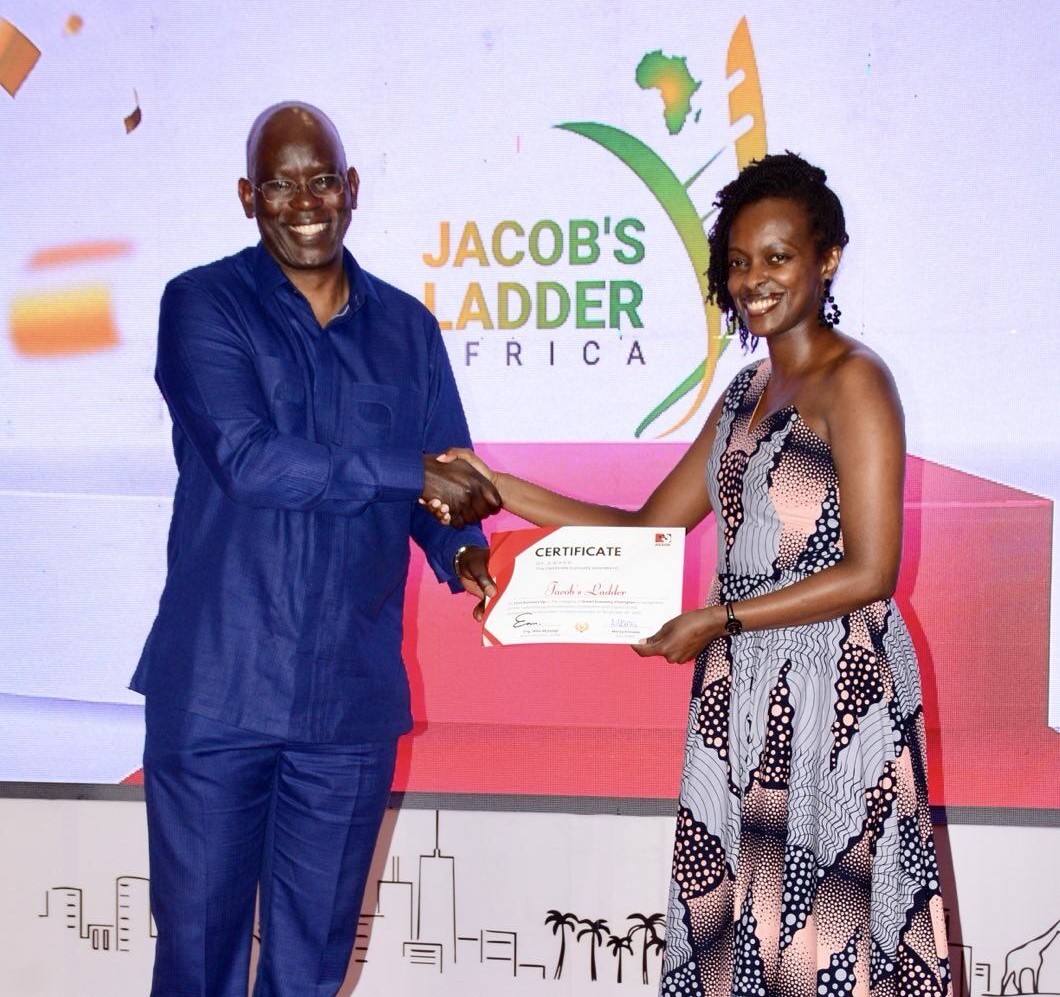Recently, I had the privilege of joining Africa’s leading voices at the 8th Mini Grid Action Learning Event in Lusaka, Zambia. What I expected to be just another energy conference turned out to be something much more—a transformative experience that reshaped how I see the future of energy in Africa.
To understand why this event matters, you need to understand what it stands for. Hosted by the World Bank’s Energy Sector Management Assistance Program (ESMAP), this gathering brought together governments, developers, financiers, and stakeholders to drive one critical mission: universal electricity access by 2030—aligned with Sustainable Development Goal 7 (SDG 7). And at the heart of this mission lies one solution with outsized potential: mini grids.
A Quiet Revolution
As of 2024, nearly 900 million people still lacked electricity—600 million of them in Africa. The majority live in rural areas where extending national grids is often not feasible. Mini grids—small, independent power systems that can operate autonomously or connect to a central grid—are uniquely suited to fill this gap.
Picture a mini grid like a self-sustaining dollhouse: off-grid, adaptive, and alive. In Kibwayi Village, Kenya, for example, a 300kWp solar mini grid now powers over 500 homes, supports schools and clinics, enables businesses, cuts emissions, and creates jobs. It’s not just electricity—it’s transformation.
And yet, Africa currently operates only 3,500 mini grids. To meet our goals, we’ll need over 200,000. That’s the scale of both the challenge and the opportunity.
From Pebble to Momentum
I often think of Africa’s energy crisis as a modern-day Goliath—enormous and entrenched. But just as David defeated the giant with a simple stone, I see mini grids as those carefully chosen pebbles—small but mighty, precise, and full of promise.
Back in 2015, mini grids were fledgling. Most ran on diesel or hydro, offered limited service, and lacked investment. But from 2015 to 2020, momentum increased. Costs for solar PV dropped by over 60%, lithium-ion batteries became more affordable, and hybrid systems flourished. The number of mini grids tripled, with over 95% of new installations in West Africa powered by solar.
Investments followed. Financing jumped from $19 million in 2013 to $339 million in 2018. Results-based financing (RBF) models emerged, rewarding real connections—not just installations—while per-connection costs dropped from $2,000 to about $733. Countries like Nigeria and Togo began scaling, signaling growing political will.
Regulations improved, too. Nigeria’s 2016 Mini-Grid Regulations opened doors for public-private partnerships. Kenya and Tanzania simplified licensing. Though slow approvals and outdated policies remained as barriers, the sector was evolving.
Real Lives, Real Change
On the ground, the impact was undeniable. Kibwayi’s mini grid– as we spotlighted earlier, slashed emissions and opened access to refrigeration, milling, street lighting, education, and healthcare. It proved that mini grids weren’t fringe experiments—they were viable engines of progress.
This rise mirrored global shifts: the 2015 Paris Agreement and the adoption of SDG 7 galvanized global energy efforts. Mini grids found their place in serious policy conversations.
Today’s Reality
Fast forward to now: Sub-Saharan Africa has about 4,000–5,000 operational mini grids serving up to 10 million people. Capacity has grown to 200 MW. Projects like Nigeria’s 990kW Lambata mini grid are setting new standards—serving entire communities, commercial zones, and beyond.
But we’re still far behind. Nearly 570 million people remain without electricity, and to stay on track for SDG 7, the region must add 20,000 to 40,000 mini grids every year—reaching over 200,000 by 2030. At the current pace, we risk achieving just a fraction of that.
The Shifting Landscape
The good news? Progress is real. Capital costs have dropped 20% since 2020, with average CAPEX now at $6,824/kWp. Private investments are rising, projected to reach $500 million annually. Kenya’s KOSAP initiative alone has deployed 150 systems. Still, Africa’s mini grid costs remain double the global average due to logistics and low rural demand.
Innovations are accelerating deployment. AI-based load management, modular designs, mobile money integration, and PAYG models are making mini grids more efficient and user-friendly. Leading companies like RVE.SOL and PowerGen are pushing boundaries, backed by major institutions like the World Bank and UNDP.
But financing bottlenecks, regulatory delays (often over a year per site), and low consumption levels (just 6.1 kWh per month per user) cause slow progress. While $9 billion has been committed, only 15% has been disbursed. We are behind—projected to reach only 44,800 mini grids by 2030, far from what’s needed.
What Needs to Change
The AMDA’s Benchmarking Africa’s Minigrids Report 2024 (BAM) report lays it bare: Africa needs to digitize approvals, adopt bulk licensing, and scale at unprecedented levels—20,000 mini grids annually, with $25 billion in yearly investment. Countries like Ghana, Rwanda, and Kenya show promise, but we need regional coordination and bold action.
At ARK, we see mini grids not as side projects but as centerpieces of development and decarbonization. These systems are more than wires and inverters—they’re cultural bridges. A mini grid must be rooted in community—its rhythms, values, and aspirations. Without that, even the best tech can fail.
A New Narrative
We believe energy will not remain a crisis. Mini grids will soon be at the heart of Africa’s economic ascent. Can one mini grid unlock opportunity? Can they be scaled, interconnected, and reimagined as the new backbone of African power?
We believe the answer is yes.
But this isn’t just ARK’s story—it’s a collective movement. One driven by vision, grounded in community, and powered by belief. Join us, stay close, and be part of this journey.
We’re not just lighting homes. We’re illuminating futures.
References
- Energy Sector Management Assistance Program (ESMAP). (2019). Mini Grids for Half a Billion People: Market Outlook and Handbook for Decision Makers. World Bank Group.
- Energy Sector Management Assistance Program (ESMAP). (2020). Global Facility on Mini Grids: Scaling Up Mini Grid Markets to Provide Electricity to Half a Billion People by 2030. World Bank Group.
- Energy Sector Management Assistance Program (ESMAP). (2022). Mini Grids for Half a Billion People: Market Outlook and Handbook for Decision Makers – 2022 Edition. World Bank Group.
- International Energy Agency (IEA). (2020). Africa Energy Outlook 2020. https://www.iea.org/reports/africa-energy-outlook-2020
- United Nations Development Programme (UNDP). (2022). Africa Minigrids Program (AMP). https://www.undp.org/energy/initiatives/africa-minigrids-programme
- United States Agency for International Development (USAID). (2021). Scaling Up Mini-Grids in Africa: Challenges and Opportunities. https://pdf.usaid.gov/pdf_docs/PA00XHZW.pdf
- AMDA’s Benchmarking Africa’s Minigrids Report 2024. https://www.africamda.org/wp-content/uploads/2025/04/Benchmarking-Africas-Minigrids-Report-2024-Online-version.pdf
- World Bank. (2019). Mini-Grid Regulations for Nigeria (2016). https://openknowledge.worldbank.org/handle/10986/32894
- World Bank. (2022). Solar Mini Grids Could Power Half a Billion People by 2030 – If Action Is Taken Now. https://www.worldbank.org/en/news/feature/2022/06/28/solar-mini-grids-could-power-half-a-billion-people-by-2030






